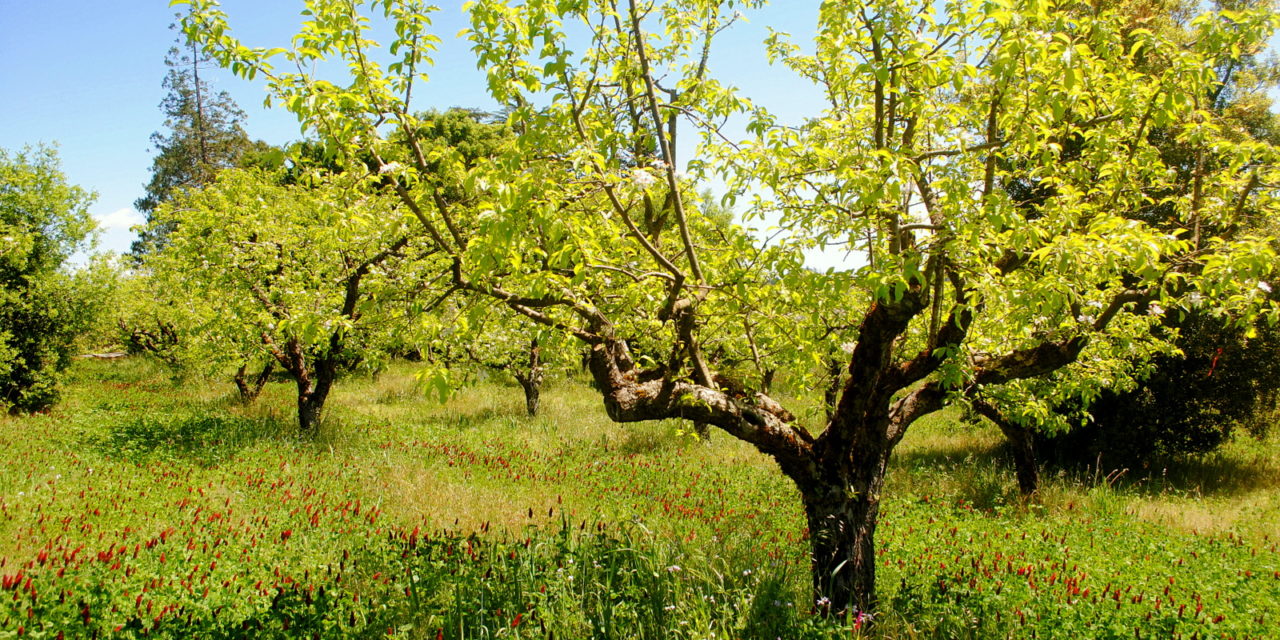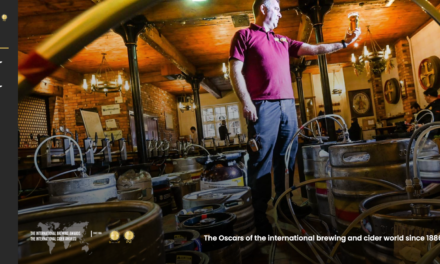 Carbon. It’s one of the waste products generated by burning fossil fuels, coming in the form of carbon dioxide and other greenhouse gasses. Its excess is generally accepted in scientific circles to be behind all manner of problematic environmental changes, from shrinking polar ice to the planet’s increasing number of catastrophic weather events. Hundreds of engineers are putting their minds to inventing new ways to get it out of the atmosphere and safely sequestered somewhere else, capturing and turning it into rock or seeding containers-full of carbon dioxide-metabolizing bacteria.
Carbon. It’s one of the waste products generated by burning fossil fuels, coming in the form of carbon dioxide and other greenhouse gasses. Its excess is generally accepted in scientific circles to be behind all manner of problematic environmental changes, from shrinking polar ice to the planet’s increasing number of catastrophic weather events. Hundreds of engineers are putting their minds to inventing new ways to get it out of the atmosphere and safely sequestered somewhere else, capturing and turning it into rock or seeding containers-full of carbon dioxide-metabolizing bacteria.
Maybe they should just be planting more orchards.
Plants need carbon dioxide the way that mammals, including us, need oxygen. They take it in through their leaves and, using energy absorbed from the sun, combine it with water to make glucose. Plants then use that glucose for energy and to build stems, leaves, flowers, seeds, etc. They also send some of it down into the soil surrounding their roots, which feeds a whole community of bacteria and fungi that, in turn, digest and make available a wide range of other nutrients that plants need to thrive. Encouraging this process is the basis of what’s come to be known as “carbon farming,” a variety of agricultural practices that aim to get more atmospheric carbon out of the air and into the ground.
The idea of carbon farming took root on the grazing lands of Marin County, Calif., just over a decade ago, as some ranchers began to see good stewardship of the land as fundamental to their existence. Since then, the concept of sequestering carbon through agriculture has spread to folks growing practically everything, including apples for cider.
In 2018, Ethic Ciders, based in Petaluma, Calif., developed one of the first Orchard Carbon Farm Plans in the state (possibly the country) in partnership with the Gold Ridge Resource Conservation District. The plan specifies a range of orchard management actions designed not only to take carbon from the atmosphere but to also build and enhance the orchard’s soil; these include mulching and the addition of compost, reducing or eliminating tilling, and planting winter cover crops.
The benefits of increasing carbon in the soil go well beyond keeping it out of the air. Carbon-rich soil has, for example, a significantly greater capacity to absorb and store water, a key attribute in the arid west. It also supports a wider range of beneficial microorganisms (those unseen providers of nutrients to the plants above). Around the orchard’s edges, the folks at Ethic will also plant perennial hedgerows, which will not only capture yet more carbon, but will provide additional food sources to attract and sustain pollinators and other wildlife.
Once the plan is fully implemented, the two-acre test orchard should take approximately 11 metric tons of carbon from the air each year, roughly equivalent to permanently taking 2.35 cars off the road. One can only imagine what could be done with similar practices on a larger scale.
There may be more hedonistic benefits as well. “We believe that healthier soil will grow better fruit with more complex flavors,” says Ryan Johnston, Ethic’s orchard manager and cidermaker, “and that will translate into more complex and interesting ciders.” Cheers to that!











